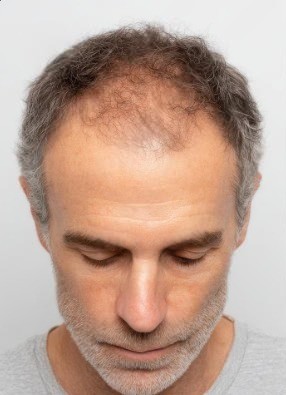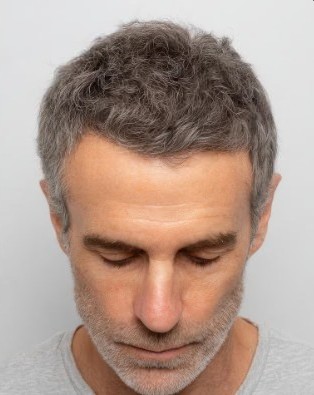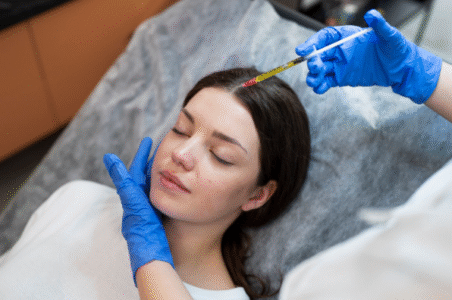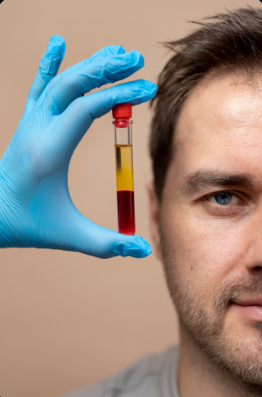PRP Hair Treatment: A Non-Surgical Solution for Hair Growth
What is PRP Hair Treatment?
PRP (Platelet-Rich Plasma) hair treatment is a non-surgical procedure that uses a patient’s own blood to stimulate hair growth. The therapy involves drawing blood, separating the platelet-rich plasma, and injecting it into the scalp to deliver growth factors to the hair follicles.
The PRP Hair Treatment Process
- Blood Draw: A small amount of blood is drawn from the patient, typically from the arm.
- Processing: The blood sample is placed into a centrifuge, which spins at high speed to separate the components based on their density.
- Extraction: The concentrated PRP is extracted and prepared for injection.
- Injection: Using a fine needle, the PRP is injected into specific areas of the scalp where hair is thinning.
How PRP Works
- Boosts Blood Supply: Increases blood flow to the hair follicles, providing them with more nutrients.
- Stimulates Follicles: Reactivates dormant hair follicles and promotes cellular regeneration.
- Increases Thickness: Can lead to thicker hair shafts and increased hair density.
- Extends Growth Phase: May prolong the anagen (growth) phase of the hair cycle.
Effectiveness and Duration
- Timeline: Visible regrowth and thickening generally take three to six months to become apparent.
- Not Permanent: The effects of PRP are not permanent, as hair loss can be a progressive condition.
- Maintenance: To sustain the results, most patients require maintenance sessions every six to twelve months after the initial treatment plan.
Side Effects
- Mild Pain, Swelling, and Redness: At the injection sites.
- Bruising: May occur in some cases.
- Headaches, Itching, or Tingling Sensation: Rarely reported.
Cost and Insurance
- Cost: The price of PRP is highly variable and depends on location, the quality of the equipment, and the provider’s experience.
- Insurance: Most insurance companies do not cover PRP for hair loss, as it is considered an elective cosmetic procedure.
How it Works
Blood collection
A small sample of blood is drawn from the patient’s arm, similar to a standard blood test. The amount drawn depends on the size of the area being treated.
Centrifugation
The collected blood is placed into a centrifuge, a machine that spins at high speed. This process separates the blood into its different components based on density:
- Red blood cells settle at the bottom.
- Platelet-poor plasma (PPP) gathers at the top.
- A “buffy coat” layer, which contains the concentrated platelets and white blood cells, forms in the middle.
PRP extraction
The concentrated platelet-rich plasma (PRP), which contains a high concentration of growth factors, is carefully extracted into a syringe. PRP has about five to ten times more platelets than normal blood.
Targeted injection
The PRP is injected directly into the injured or damaged tissue, such as a joint, tendon, or area of hair loss. In many cases, a doctor uses ultrasound imaging to guide the needle and ensure precise placement. Once injected, the platelets release growth factors that trigger and accelerate the body’s natural healing process, stimulating cell repair and tissue regeneration.


Before
After
have a question?
Quick answers to questions you may have
Is PRP hair treatment painful?
A numbing cream may be applied to the scalp beforehand to minimize discomfort.
How long does it take to see results?
Visible regrowth and thickening generally take three to six months to become apparent.
Is PRP hair treatment safe?
Yes, PRP uses the patient’s own blood, making it a safe and low-risk procedure.

